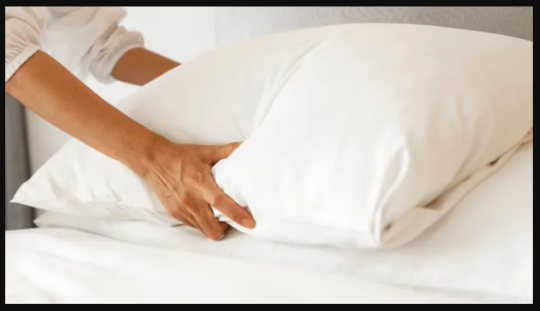There are many names for sleeper couches, from sleeper sofa, futon or sofa bed – the list is endless. However, no matter the name, sleeper couches are a fabulous invention that is the ultimate union of functionality and style for modern-day homes.

IS THERE REALLY A COMFORTABLE SLEEPER COUCH?
Sleeper couches have been at the forefront of guest room debates for many decades. The question of “what is better, a daybed or a sleeper couch?” often arises and each individual has their preference. We are here to tell you all the reasons why a sleeper couch is a great investment piece for your home, and why a pull-out couch can be just as comfortable as a daybed or normal bed.
WHAT IS A SLEEPER COUCH?
Perfect for when your in-laws drop by unexpectedly or when your children’s friends have a sleepover, a sleeper couch is your “save-the-day” furniture item. Sleeper couches are the holy grail compared to camping stretchers or air mattresses, they can be placed in your living room, study or guest room and can be pulled out to reveal a comfortable mattress for your guests to sleep on – hence the name sleeper couch.
Sleeper couches are available in a wide array of shapes, styles and sizes. Which style you select is solely based on your personal preferences, whereas the shape and size may be more dependent on the shape and size of the room that you are planning on placing the sleeper couch in. We recommend that you measure your space properly first to endure that not only will the couch fit into the room when it is folded up, but that when the sleeper couch is pulled out that there is enough space to fit both the extended bed but also to be able to walk around the room comfortably.
WHAT YOU NEED TO CONSIDER WHEN BUYING A SLEEPER COUCH
1 SLEEPER COUCHES ARE GREAT SPACE SAVERS
Whether your space is big or small, a sleeper couch is a great way to effectively use your space without wasting valuable floor space. One of the main reasons that so many people opt for a sleeper couch is that they save space by performing dual functions. Sleeper couches offer a stylish, comfortable place to sit and a practical place to sleep. Sleeper couches are particularly handy for those individuals that live in smaller apartments or studio lofts where space can be quite limited.
2 SLEEPER COUCHES ARE COST EFFECTIVE
Sleeper couches function as a two-in-one furniture piece as you are essentially getting a couch and a bed in one, and this particular reason is why sleeper couches are so incredibly popular. While they may be a bit more expensive than the average couch, you need to keep in mind that it is not just one piece of furniture, it functions as two. Sleeper couches allow you to save money over time as you can move your sleeper couch from room to room as your family and home grow and expand.
3 SLEEPER COUCHES ARE FUNCTIONAL AND VERSATILE
While an average couch offers you a place to sit and lounge with your guests, and a bed offers a relaxing place to rest, a sleeper couch is the best of both worlds. A sleeper couch allows you to lounge around during the day and enjoy a comfortable sleep at night by transforming it into a bed. If your apartment is not large enough for a guest room, having a sleeper couch in your living room in place of your couch is the ideal situation. Not only does a sleeper couch provide seating for your guests; but it also provides the benefit of an extra bed, allowing your guests to have a place to stay overnight.
4 SLEEPER COUCHES ARE COMFORTABLE
Traditional sleeper couches may not have the very best reputation for being very comfortable to sleep on. However, things have changed drastically and with the combination of the materials and technology of today, the design and quality of sleeper couches have drastically improved and are now incredibly comfortable.
5 SLEEPER COUCHES ARE AESTHETICALLY PLEASING
Sleeper couches solve the problem of not having enough room to have a guest bedroom and thus having to have old, ugly mattresses laying around in storage for when family and friends come to stay. Adding a sleeper couch to your space will create an aesthetically pleasing environment in your home, no matter which room you decide to place it in. When choosing which couch you want for your home, you will be spoilt for choice. Available in a wide array of custom leather or fabric colour options, our range of sleeper couches can be completely customised to suit the style and aesthetics.
.
.
.
Info source: https://bedscapetown.wordpress.com/2022/03/05/the-best-questions-about-sleeper-couches-answered/

